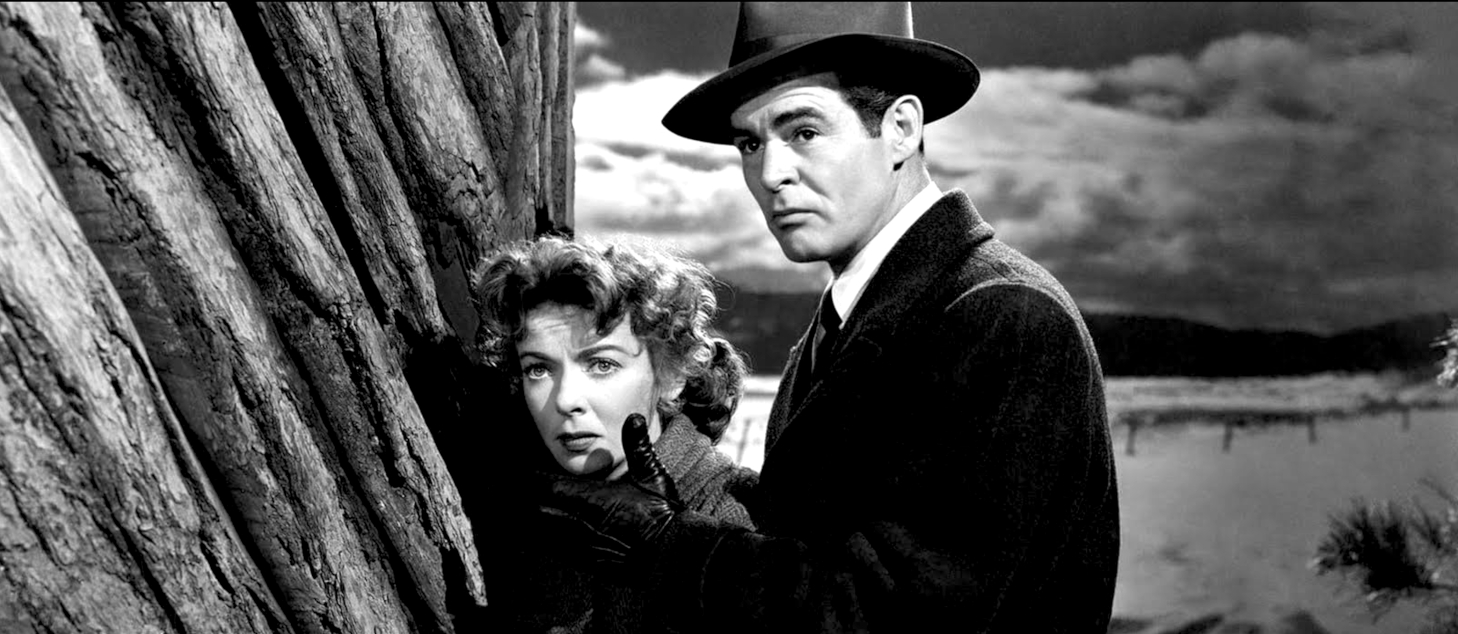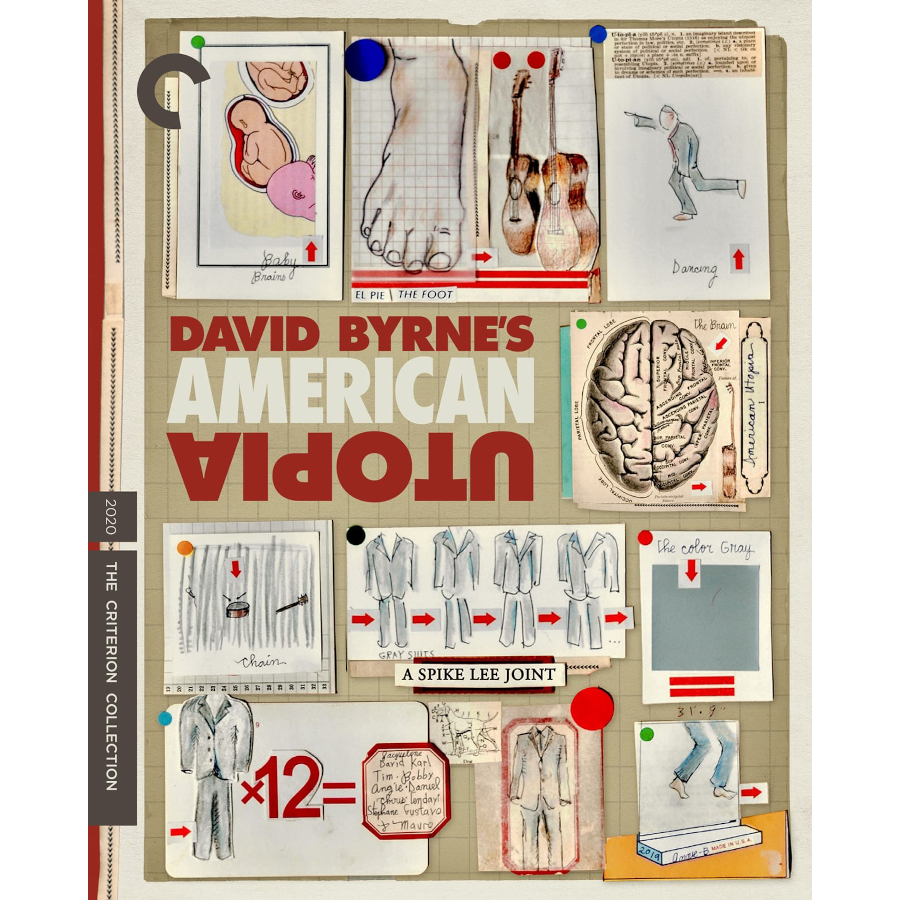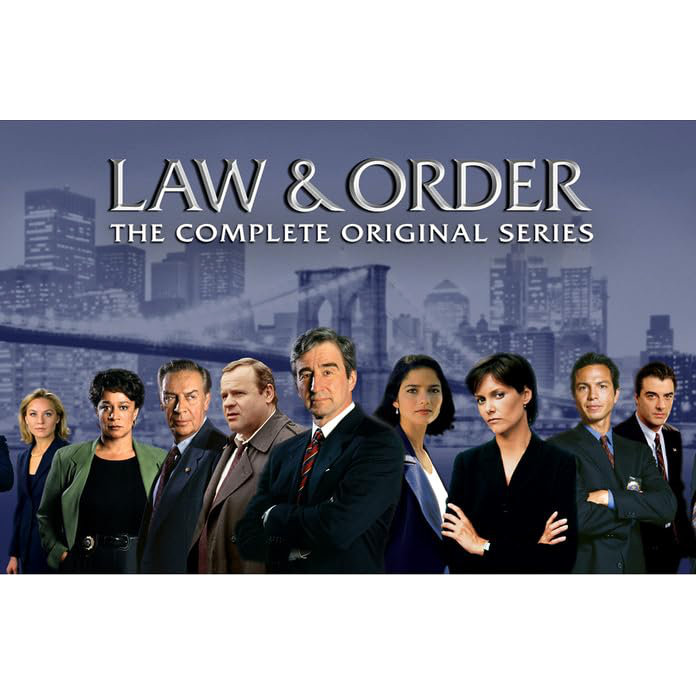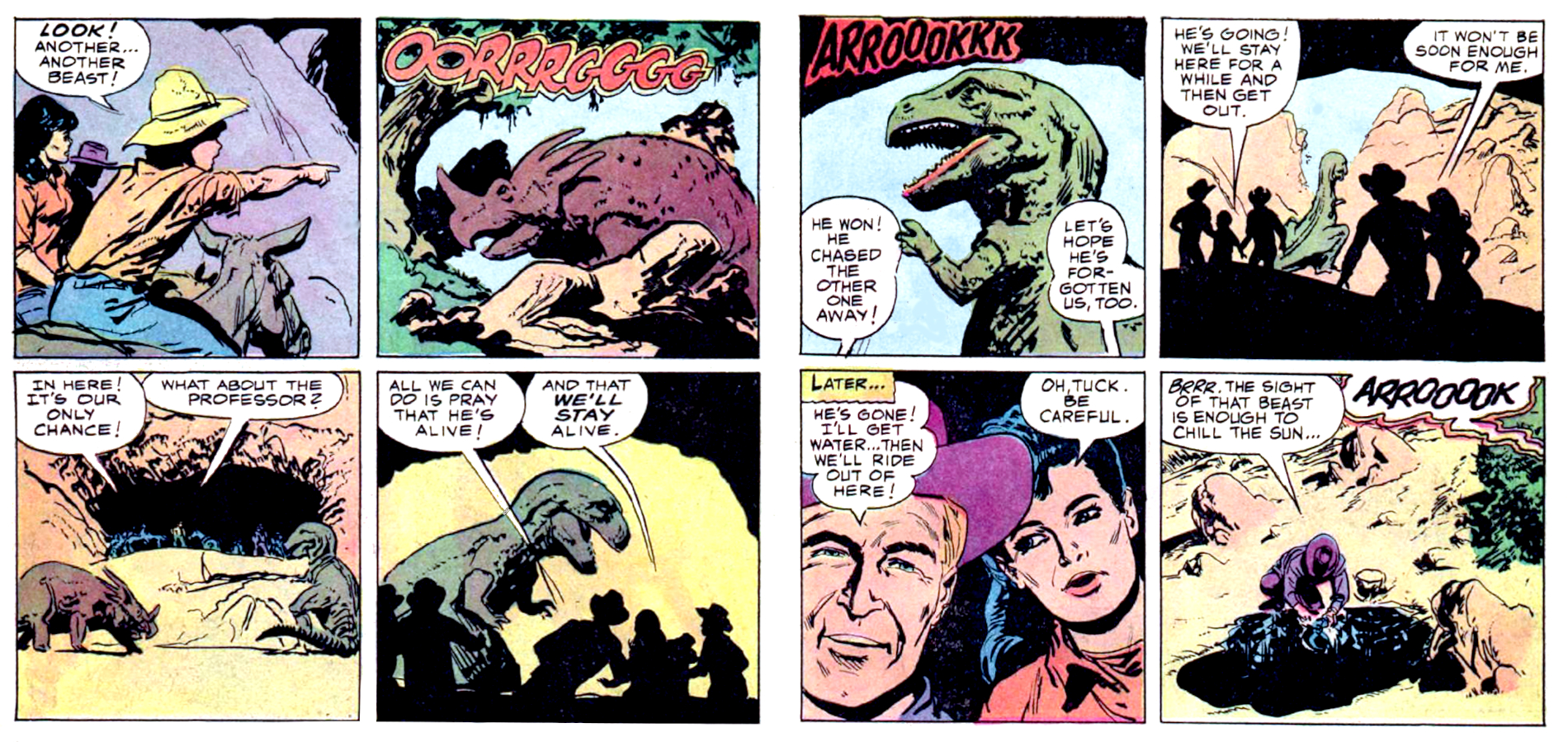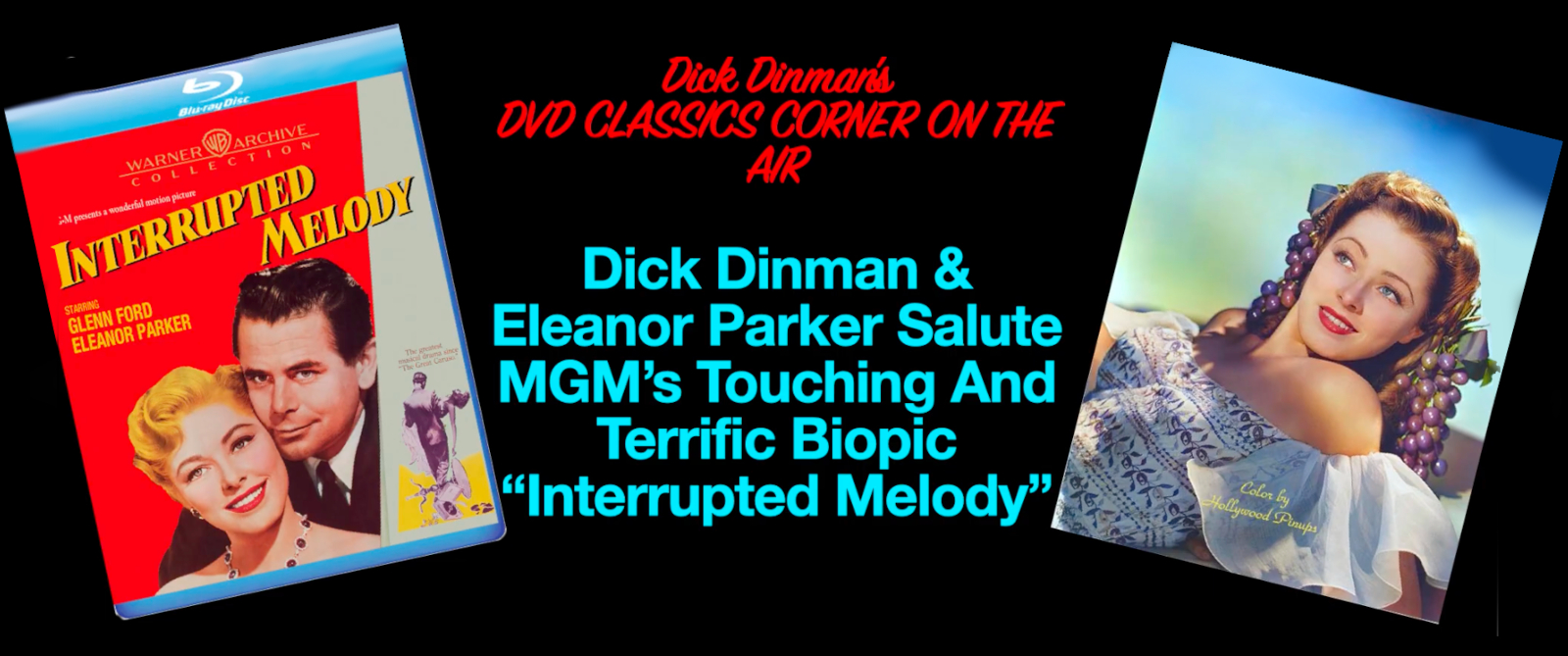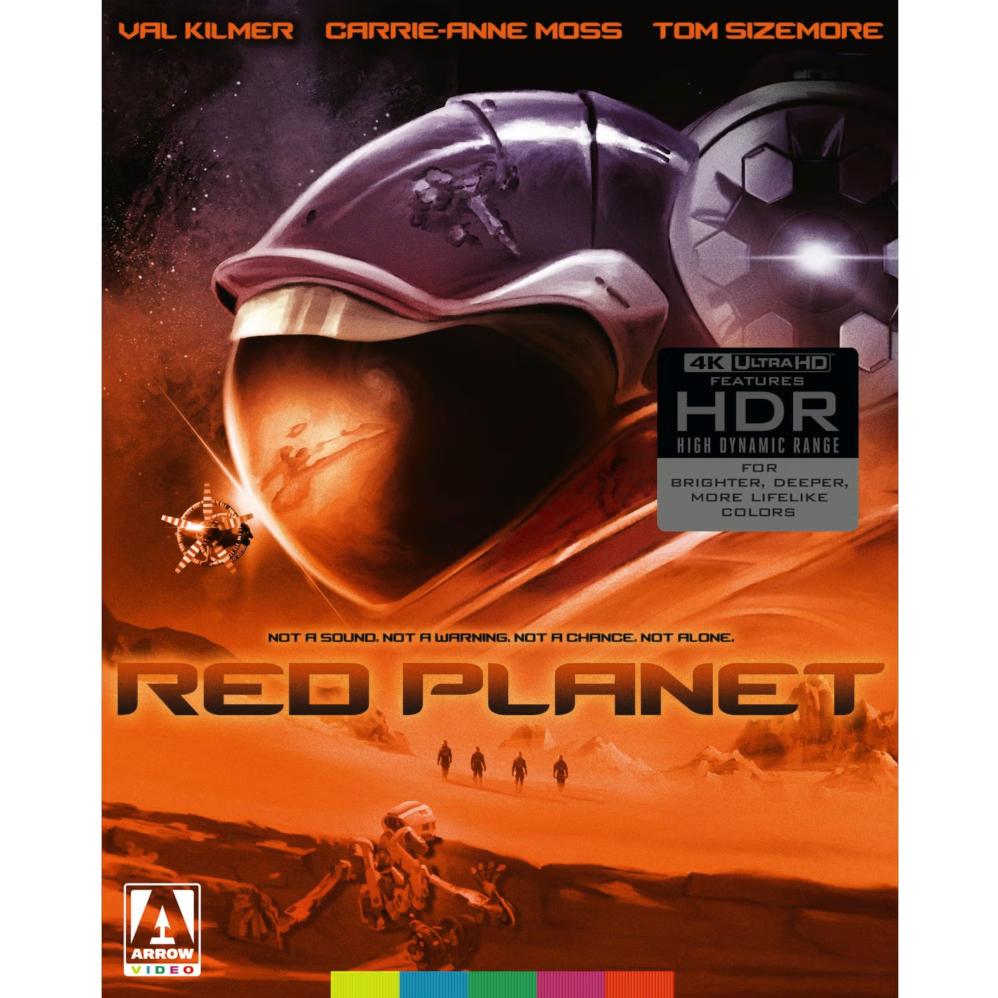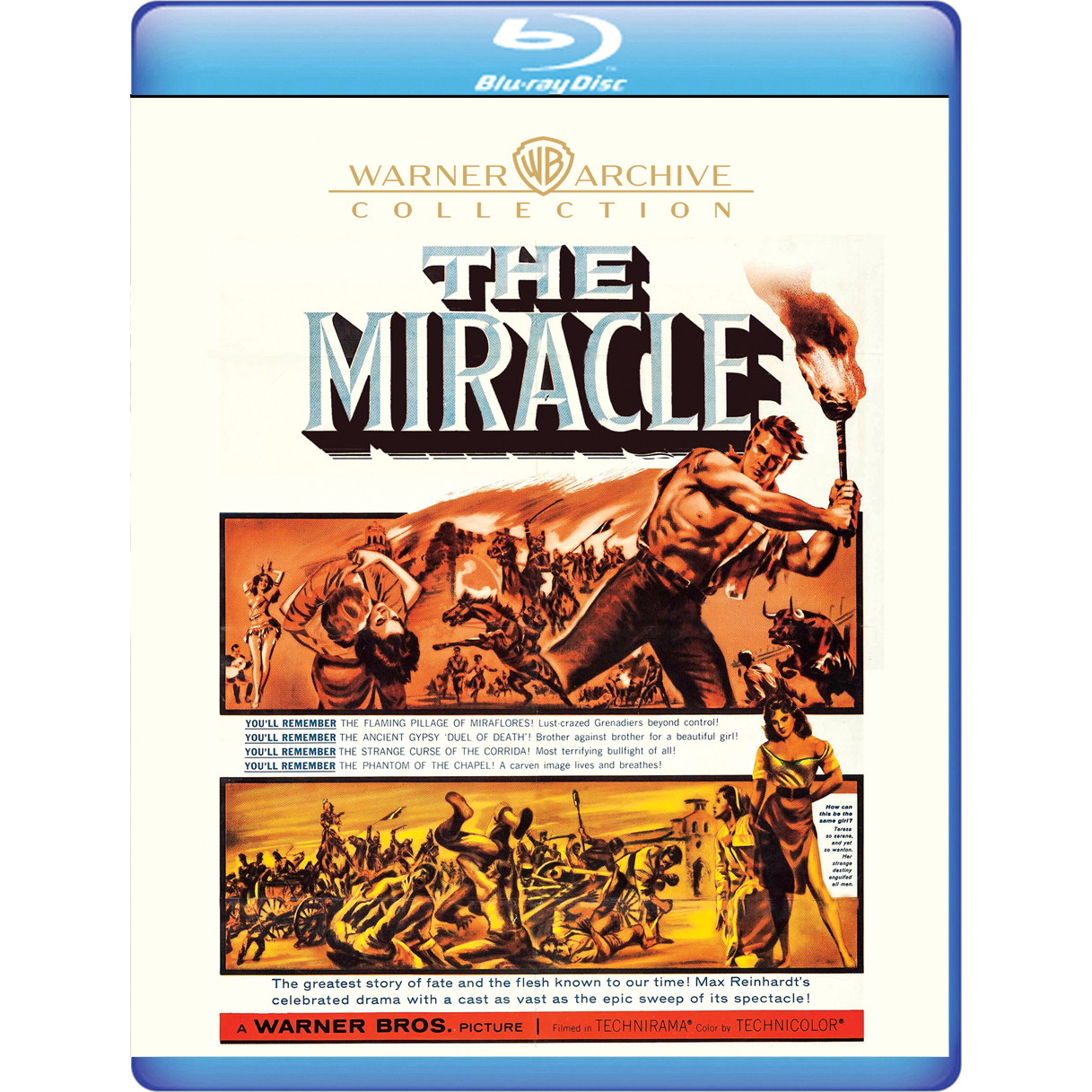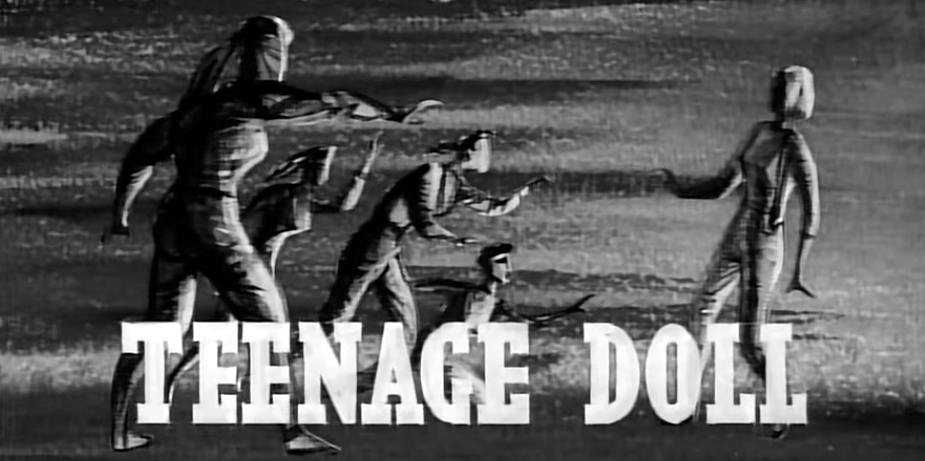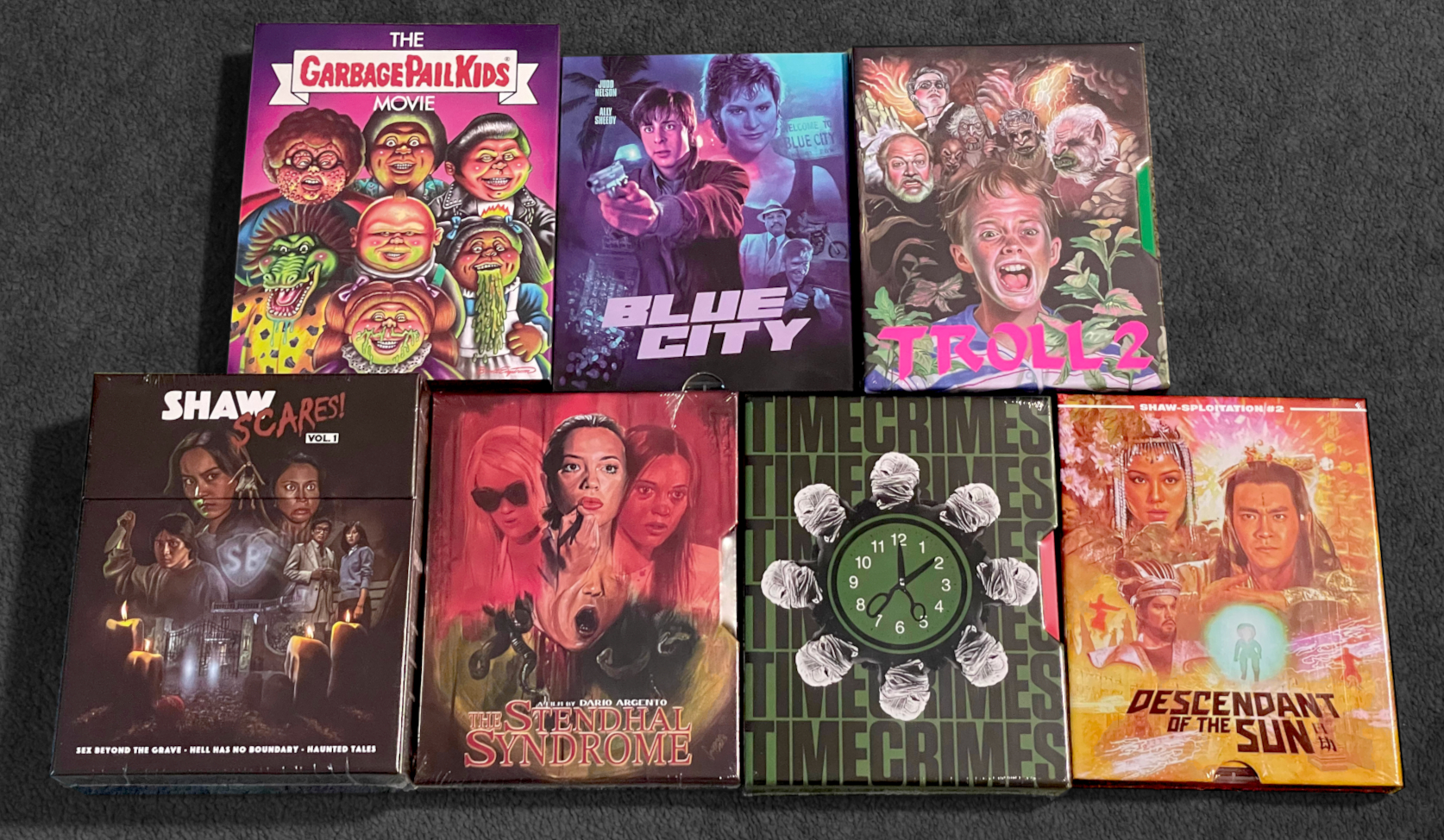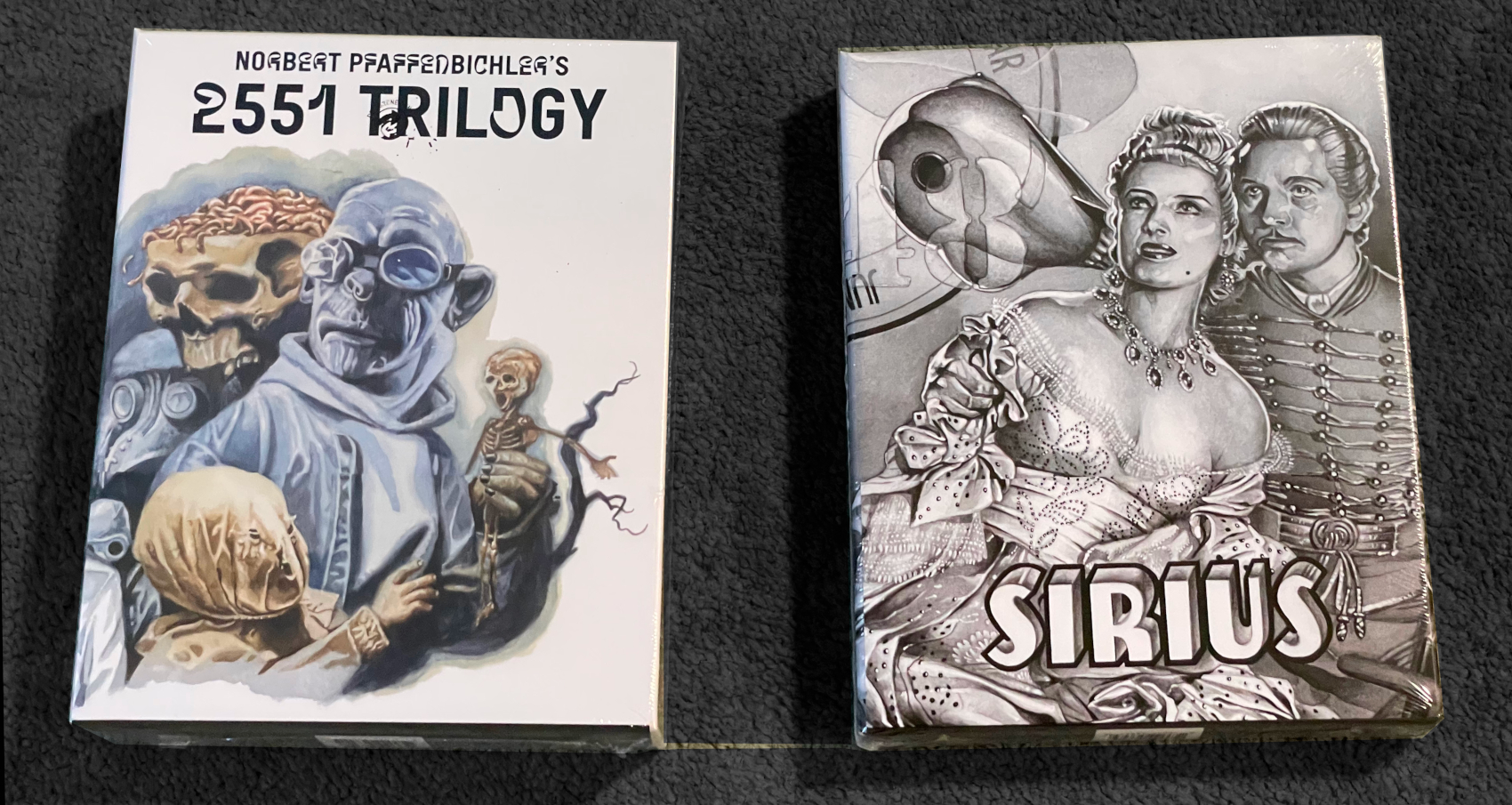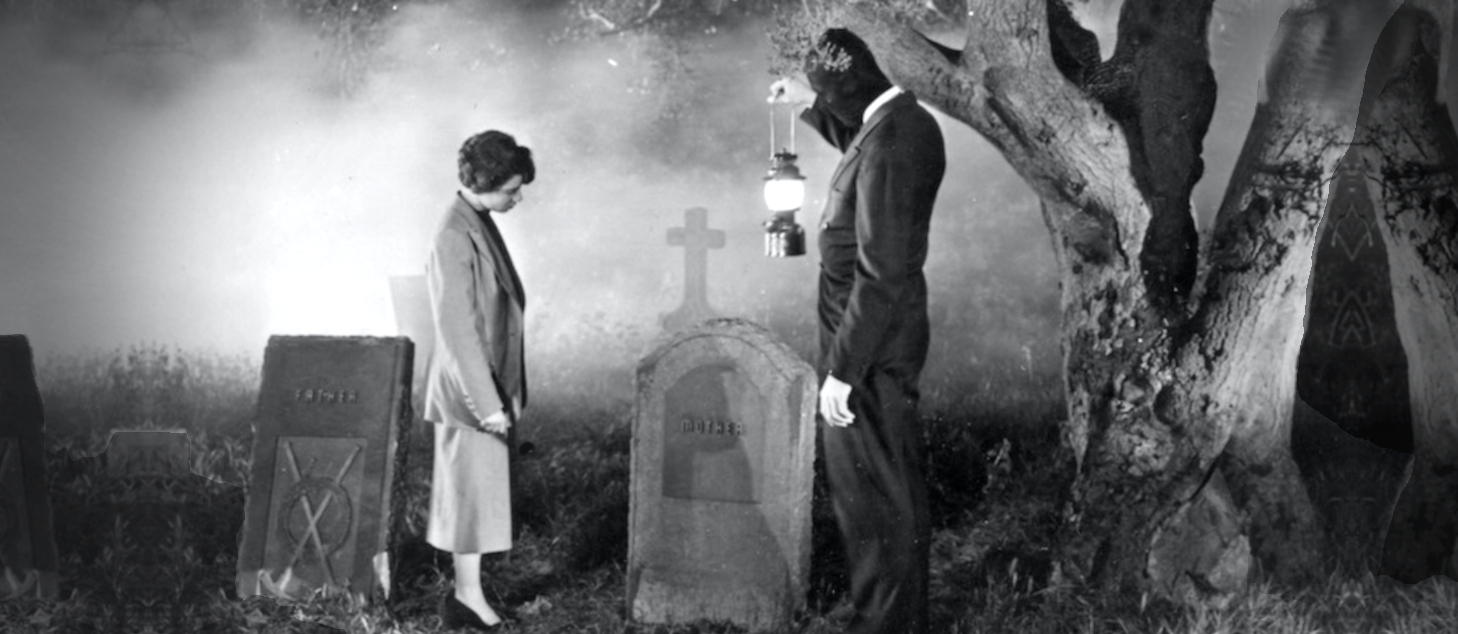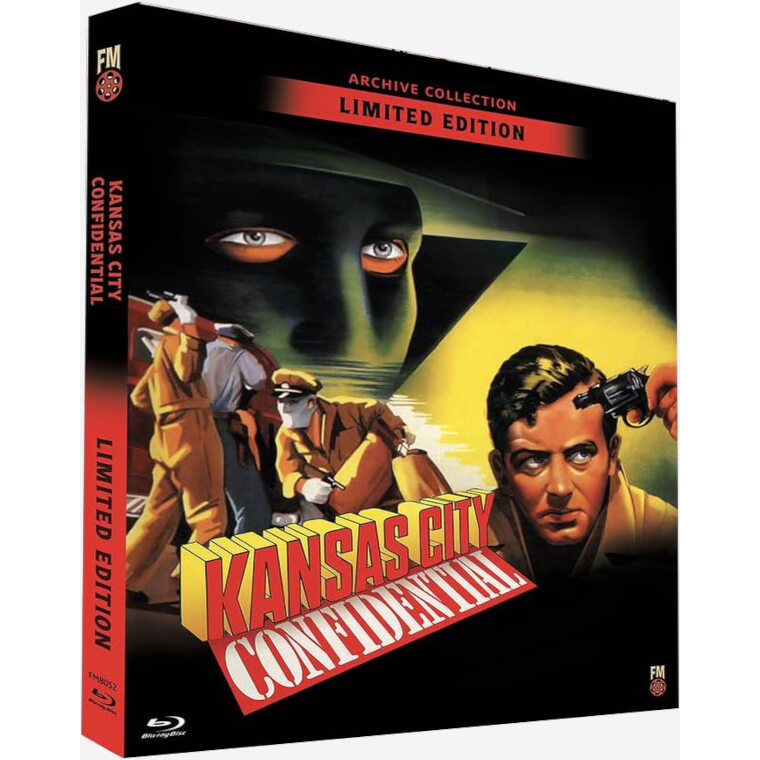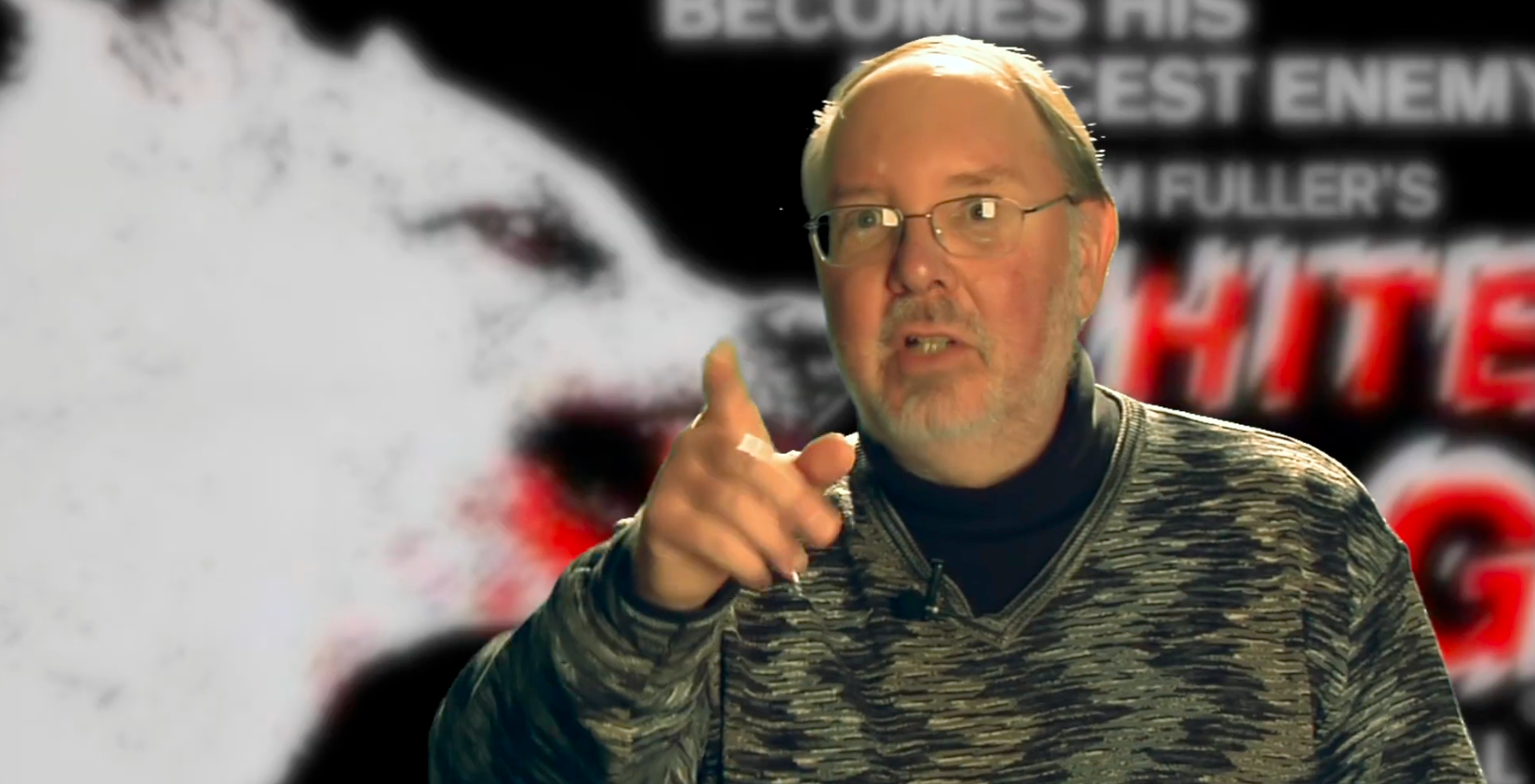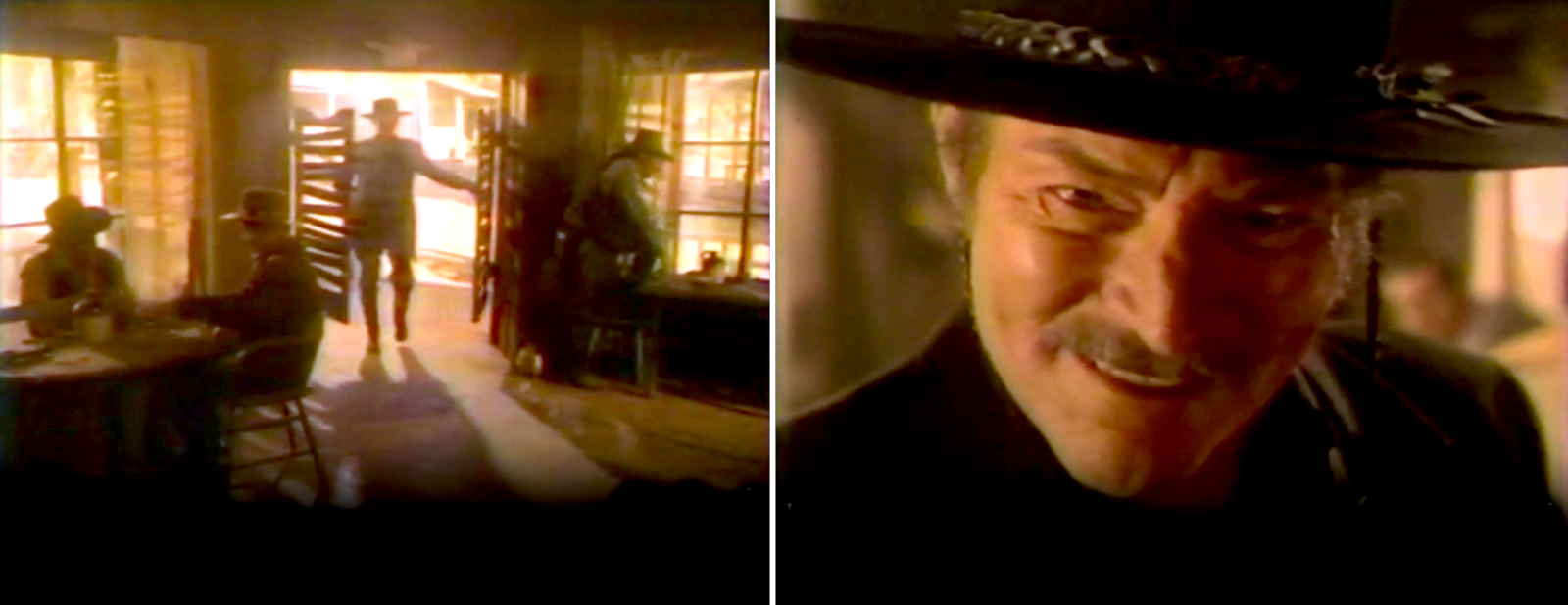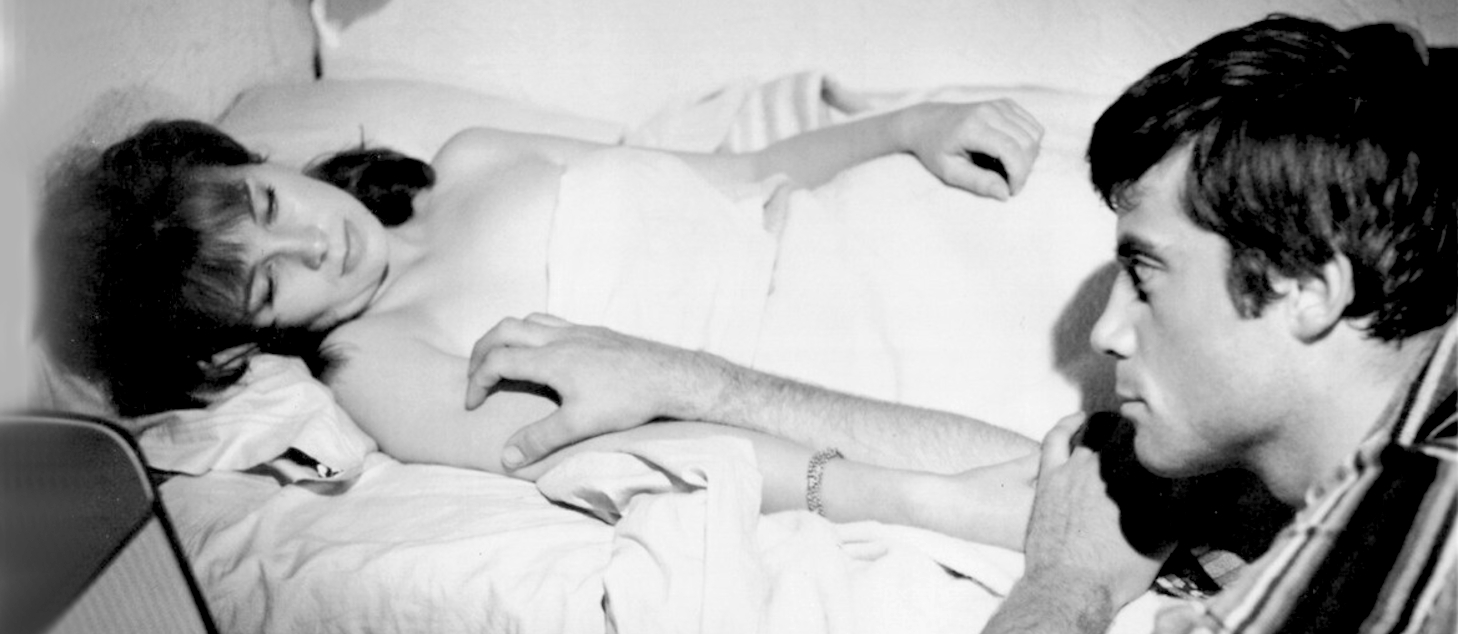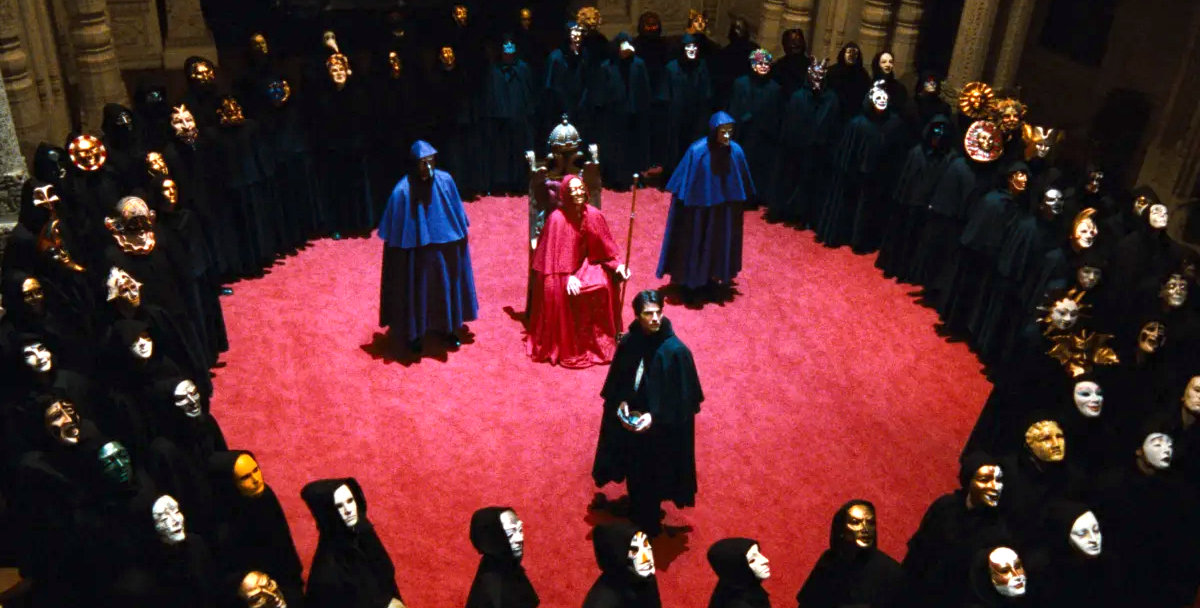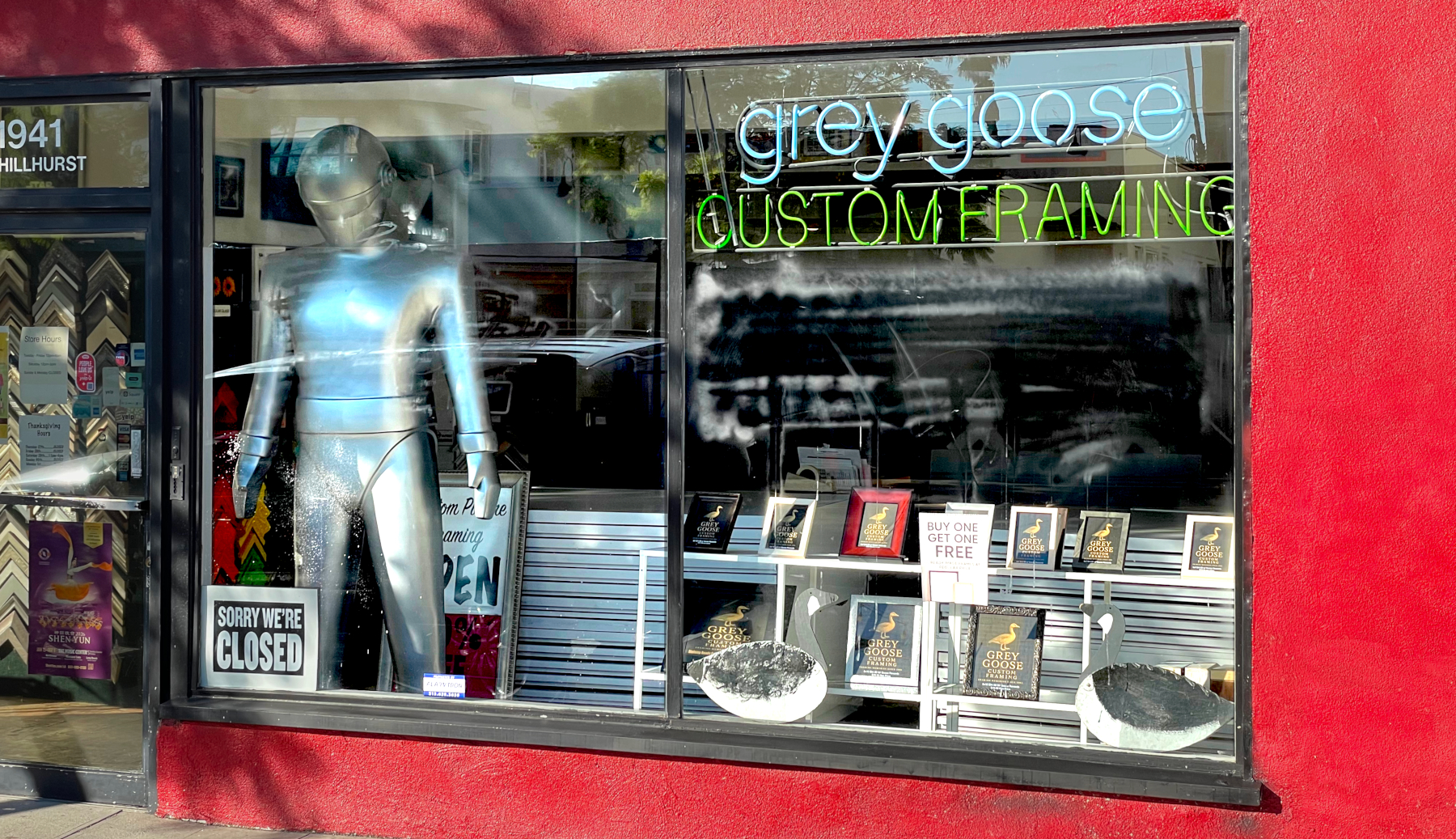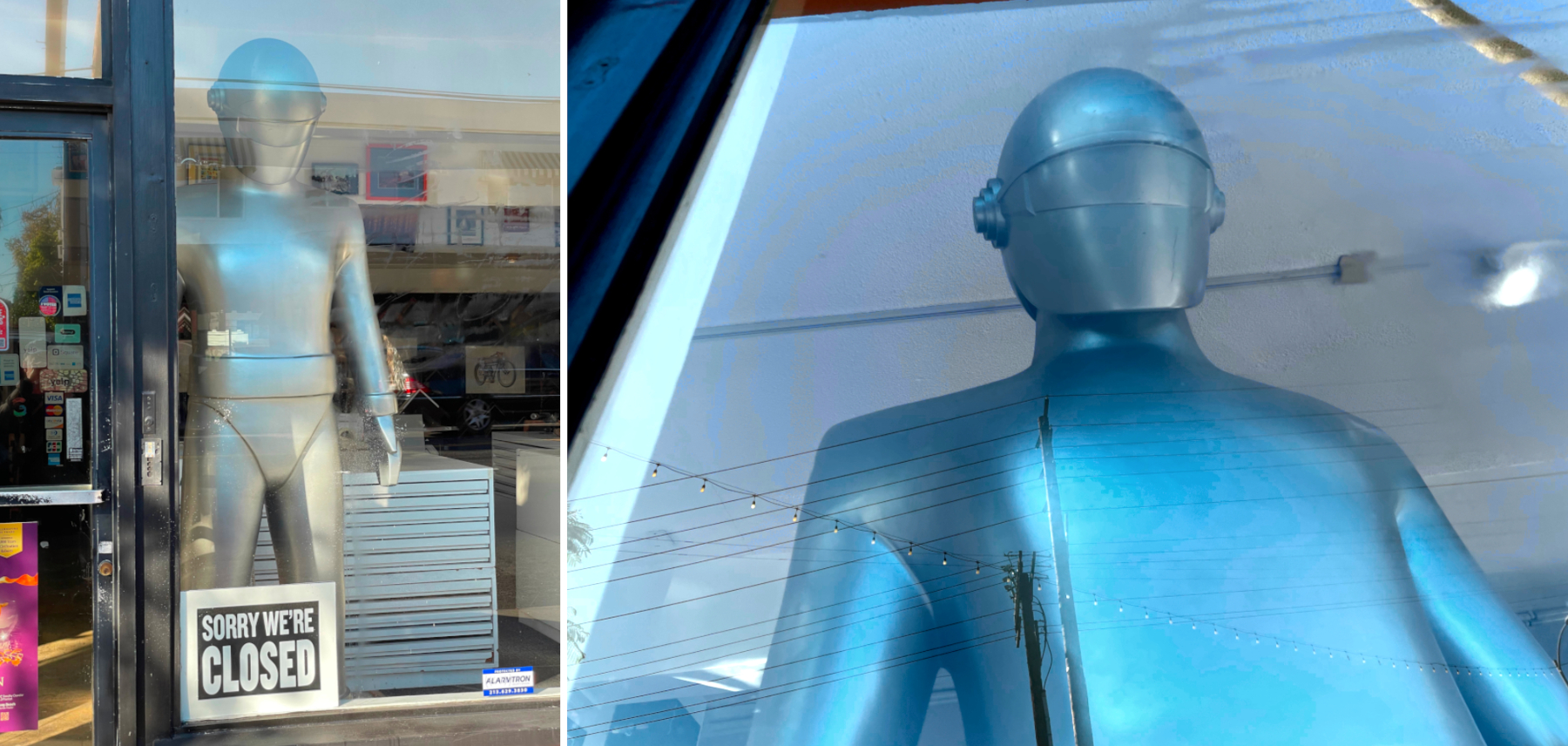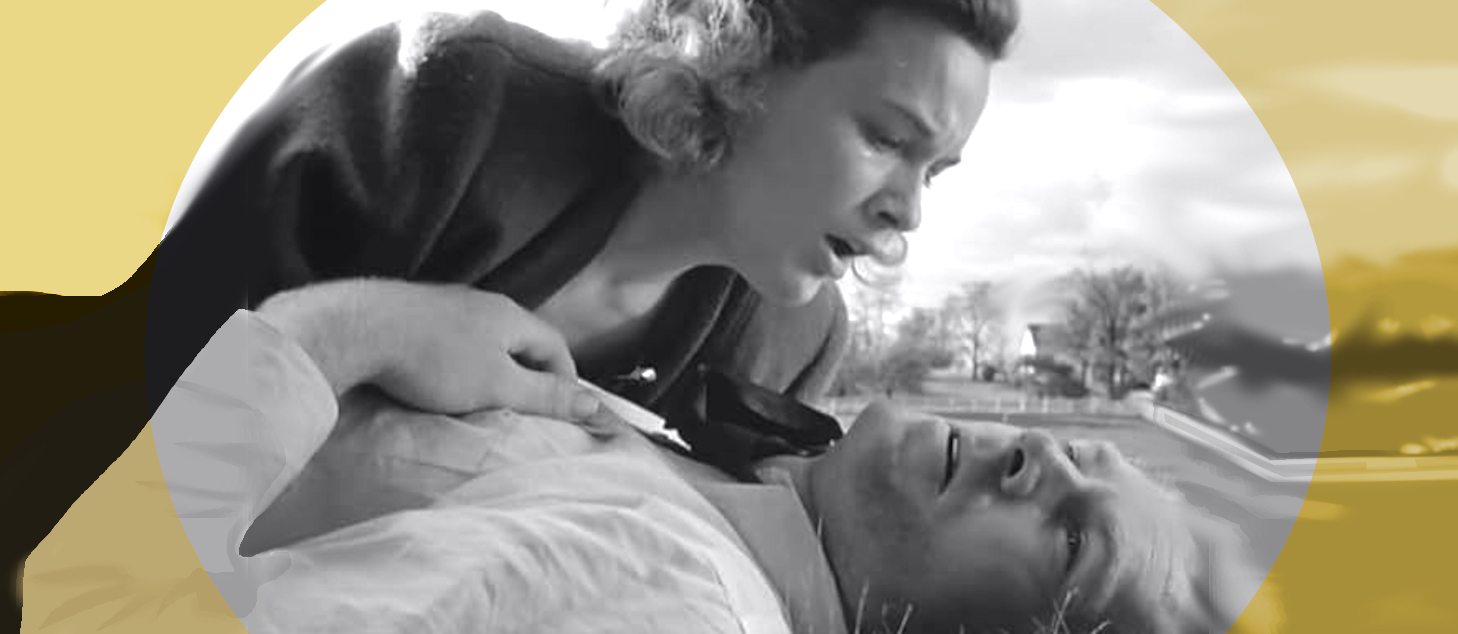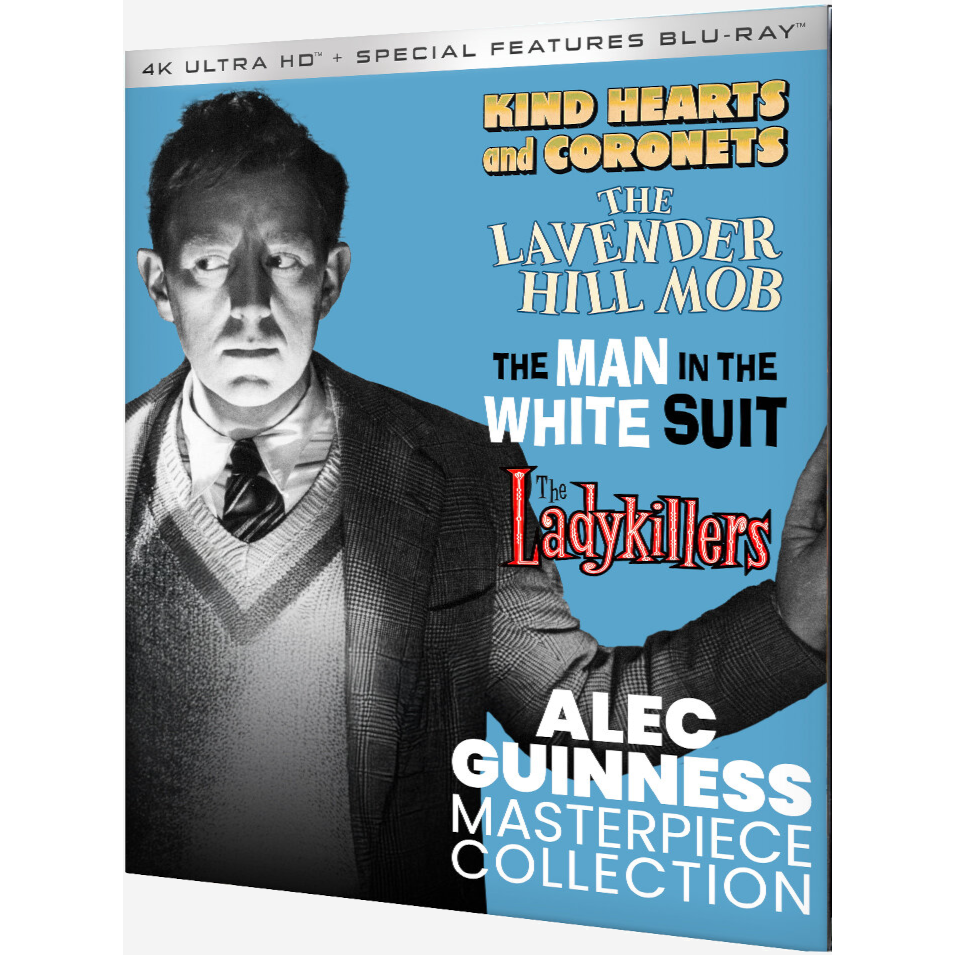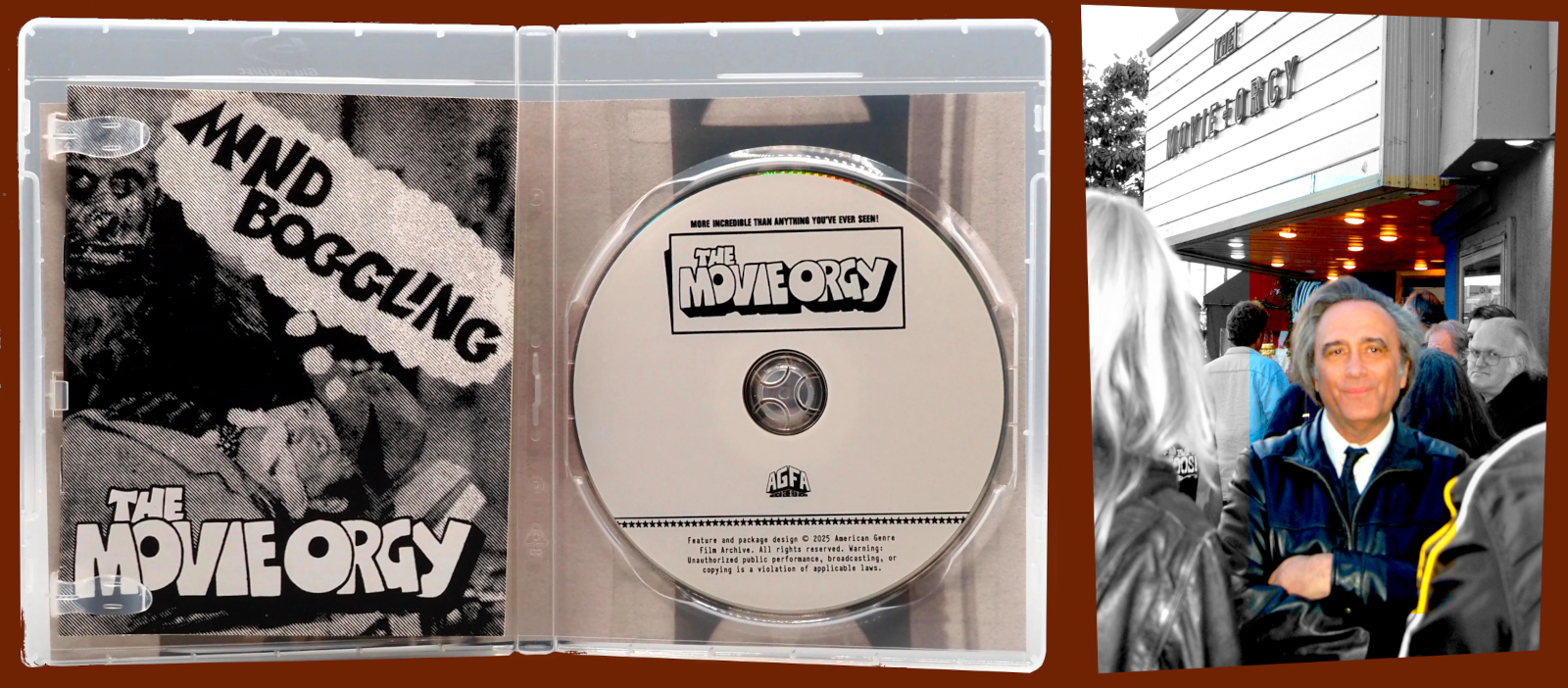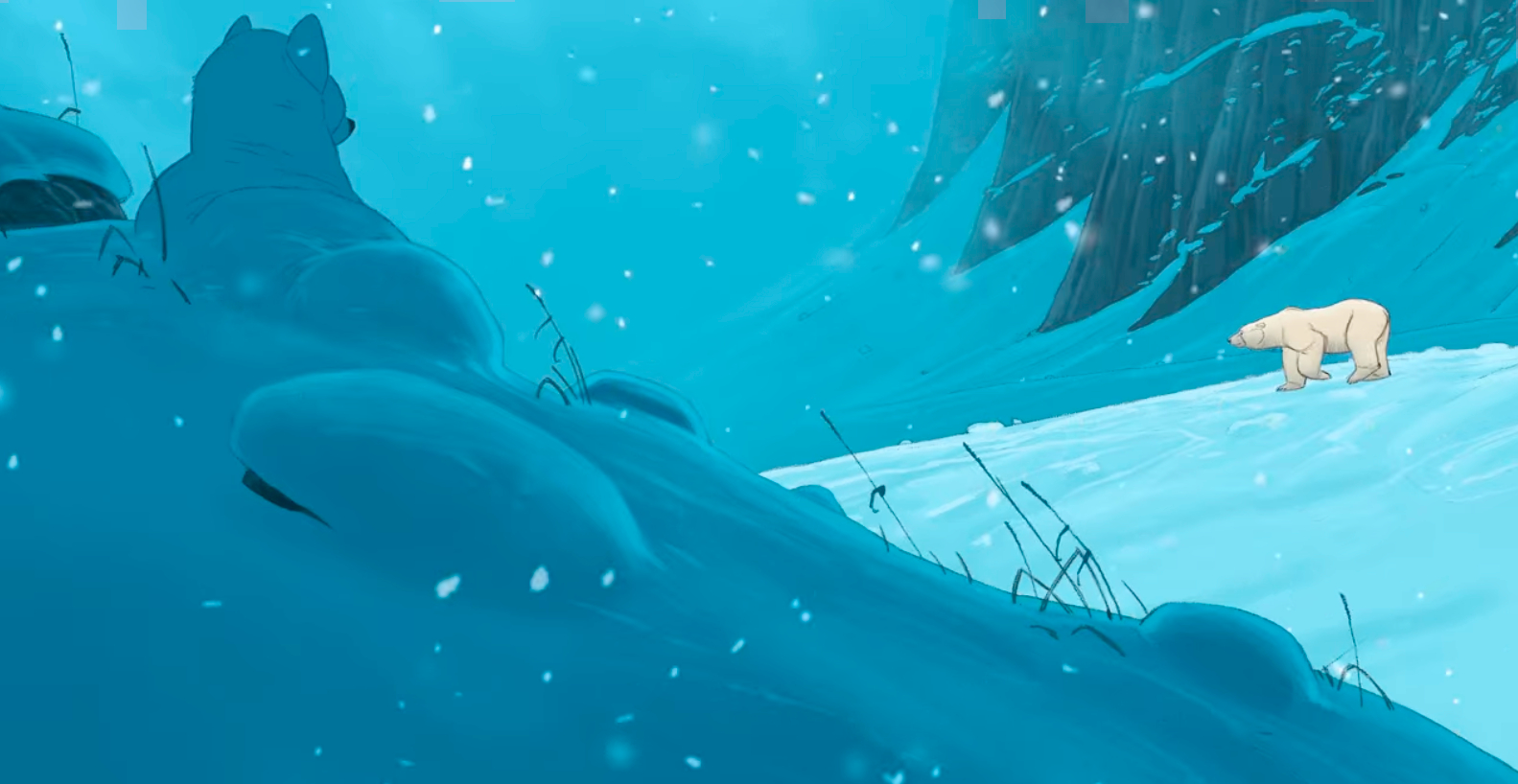Glenn Erickson's
Review Page and Column
David Byrne’s American Utopia — 4K 12/20/25
“Maybe we can make some sense.” David Byrne & Spike Lee’s joyous concert film is just as energizing as Stop Making Sense; it offers a theme of peace, inclusivity and social justice, and ponders the personal challenge of finding one’s way in the chaos of modern living. The songs are a mix of new pieces, borrowed raps and vintage Talking Heads hits that will Burn Down the house; David Byrne’s speeches are soothing. Made just as the COVID crisis arrived, the show still carries a positive, hopeful message. The technical production behind the show is a marvel in itself — nothing gets between us and the performers. On 4K Ultra-HD + Blu-ray from The Criterion Collection.
12/20/25
Law & Order The Complete Original Series 12/20/25
Among monster boxes this one takes the prize: 104 DVD discs, holding twenty years of a series that’s been in constant TV rotation for (cough) 35 years. They’re all here — Jerry Orbach, Sam Waterston, S. Epatha Merkerson and Benjamin Bratt. I imagine this is prime gift box bait, and an opportunity for casual fans to experience it all in its proper order, without commercials. Is it a worthy purchase? Pre-sold readers can go straight to the review’s evaluation section. With all of his TV residuals, I wish Mr. Wolf would act on the letters I send asking that he adopt me. On DVD from Universal Home Video.
12/20/25
CineSavant Column
Hello!
The Christmas spirit is alive here at CineSavant … decorating the place turns out to be lots of fun, once I get past the hauling-in-the-boxes part of the job. Meanwhile we’ll continue to pass off every kind of movie genre weirdness as appropriate for the holiday season. I mean, doesn’t The Valley of Gwangi automatically put you in the yuletide mood?
Courtesy of the ongoing web searches of correspondent Michael McQuarrie, we’re posting a link to a tie-in comic book for the 1969 Ray Harryhausen monster romp. It’s not exactly a prime example of graphic storytelling — they skip the movie’s biggest action highlight — but it caught our attention. When new, it also cost only 15 cents.
The comic of course has no music, which means we can’t enjoy the way Jerome Moross’s music score interacts with the dinosaur mayhem. We’re told that the finished Moross tracks were completely re-edited to fit, dropping some sections and repeating others. But we think it works well. ‘Soundtrack Fred’ posted a Valley Of Gwangi Jerome Moross Soundtrack Suite on Youtube.
Dick Dinman is back with his DVD Classics Corner On the Air podcast … this time covering a new Warner Archive disc, a remaster of the Eleanor Parker / Glenn Ford musical bio Interrupted Melody.
This is edited from Dinman’s own interview with Eleanor Parker; Dick says that he has “added a few somewhat derogatory comments from Ernie Borgnine regarding costar Glenn Ford.” That raises my curiosity … I’ve never heard Borgnine say a negative word about anything or anybody. The one time I saw him in person, he was instantly likable from 50 feet away.
Dick Dinman and Eleanor Parker on MGM’s Interrupted Melody
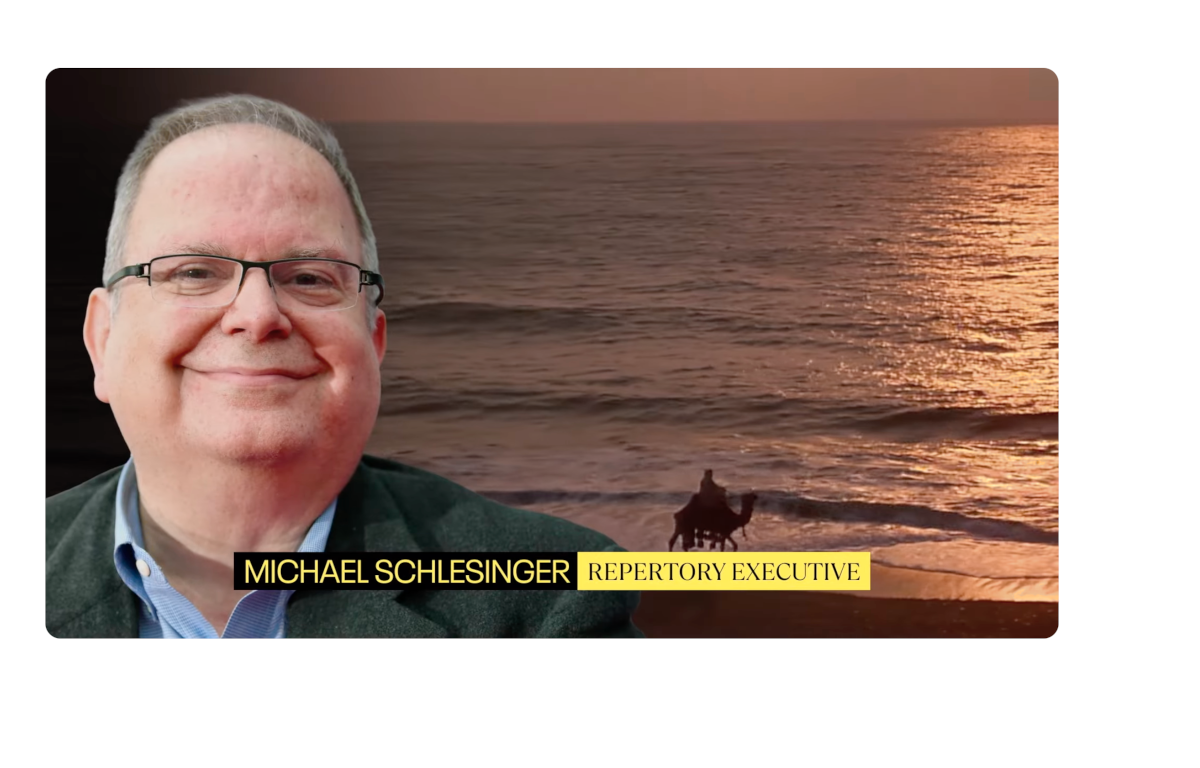
We can’t go away without noting that Turner Classic Movies’ TCM Remembers 2025 montage included dear friend and Trailers From Hell colleague Mike Schlesinger.
We’ll be writing more about Mike in a few weeks. He was a very special guy with a long list of accomplishments; I look forward to relating a few fun episodes with him.
Thanks for reading! — Glenn Erickson
Red Planet — 4K 12/16/25
This decent space adventure might have been a hit, if another Mars-themed movie hadn’t bombed a few months before. Cocky astronauts journey to what is supposed to be a partly terraformed Mars, only to experience mission snafus that make survival unlikely. The plot complications cherry-picked from the best of Sci-fi are mostly exciting; the actors remain lively and engaging: Val Kilmer, Carrie-Anne Moss, Tom Sizemore, Benjamin Bratt, Simon Baker & Terence Stamp. On 4K Ultra HD from Arrow Video.
12/16/25
The Miracle — 1959 12/16/25
Sold like an action spectacle, Irving Rapper’s religious epic is about a novice nun who spends most of the film on a wild romantic spree — men, dancing, bullfights — before a glorious finale with a show of reverence. Carroll Baker is the ‘spirited’ novitiate and Roger Moore the gallant officer she loves. This prime example of Hollywood piety gets pretty thick with violence & sin against an historical background, but we keep our comments polite and positive. The good-looking disc is remastered from Technirama elements — and includes two Bugs Bunny cartoons! On Blu-ray from The Warner Archive Collection.
12/16/25
CineSavant Column
Hello!
We’re told that ‘Film Masters TV’ is beginning to put top quality transfers on YouTube for free. An early posting is the Roger Corman teen crime epic Teenage Doll. We’d rather see them released on disc, preferably with a theatrical aspect ratio. But this is an excellent way to get a look at prime Corman, circa 1957.
They are billed as being in HD. Doll certainly looks better than the ancient Image DVD. The inference is that more gems from what was known previously the ‘Wade Williams Collection’ may be on the way. Here’s the YouTube page for Film Masters TV.
The show stars June Kenney, Fay Spain, Barbara Wilson, Ziva Rodan, Barboura Morris, Jay Sayer, Ed Nelson, Bruno VeSota and Richard Devon.
We’re also seeing some pretty lavish special editions come roaring in, for some really strange pictures. The discs plugged here come from two different labels. Vinegar Syndrome’s fancy boxes look good on display. The titles above all have mini-trailers online:
Chun Keung Chiu and Tai-Heng Li’s 1984 Shaw Scares Volume 1 with Sex Beyond the Grave, Hell Has no Boundary and Haunted Tales;
Nacho Vigalondo’s 2007 Timecrimes;
Michelle Manning’s 1986 Blue City with Judd Nelson, Ally Sheedy and David Caruso;
Dario Argento’s 1996 The Stendahl Syndrome with Asia Argento;
Claudio Fragasso’s 1990 Troll 2 with Michael Stevenson;
Rod Amateau’s 1987 The Garbage Pail Kids Movie;
and Chor Yuen’s 1983 Descendant of the Sun.
It’s quite a stack of strange movies …
Second up, we’d like to bring special attention to two bizarre foreign film released by Deaf Crocodile.
Director Ákos D. Hamza’s Sirius aka Szíríusz is a Hungarian picture I’ll have to investigate … it’s described as a romantic time-travel tale, like the popular picture Somewhere in Time. . . a playboy and a mad scientist go 200 years back in time and meet a beautiful opera singer. It’s got a real time machine, that looks like a rocket. The weird thing is that it is from 1942.
And finally, and perhaps most weirdly, Austrian artist and director Norbert Pfaffenbichler’s 2551 Trilogy is described as “a staggering combination of avant garde cinema, post-apocalyptic sci-fi / horror / monster action, dystopian political nightmare, silent cinema techniques, and endless subterranean labyrinths shot in abandoned WW2 bunkers in Vienna” … “myriad grotesque masks, industrial and death metal music…”
The full description is at the link; it’s three separate titles, and carries a pretty serious content warning disclaimer. We’re waiting anxiously for Deaf Crocodile’s January release of Krakatit; Here’s the
Thanks for reading! — Glenn Erickson
Columbia Noir #7: Made in Britain 12/13/25
Noir goes English, with American talent looking for acting opportunities and tax breaks! These Columbia releases show English talent on the rise as well. Ken Hughes, Mark Robson and Terence Fisher direct Arlene Dahl, Richard Widmark and Victor Mature, opposite Mai Zetterling, Elizabeth Sellars, Eunice Gayson, Herbert Marshall, Faith Domergue, Diana Dors and Jack Hawkins. The extras include several rare short subjects, always a delight with PI. On Region B Blu-ray from Powerhouse Indicator.
12/13/25
Kansas City Confidential 12/13/25
Phil Karlson’s nervous noir throws tough guy John Payne into the middle of a Pulp Fiction tangle, crashing the meet-up of four thieves who have used him as a patsy in a million dollar bank heist. The script served as a partial blueprint for Quentin Tarantino, what with criminal colleagues that don’t know each other’s names or identities: Neville Brand, Lee Van Cleef and Jack Elam. Throw in Coleen Gray as a romantic distraction, and the stage is set for a violent finale. Karlson’s excellent direction makes it one of the best crime caper pix ever. On Blu-ray from .
12/13/25
CineSavant Column
Hello!
This Trailers from Hell entry has producer Jon Davison discussing Samuel Fuller’s legendary White Dog. When its release stalled out, all that was left of an unfinished advertising campaign was a rough cut for a trailer.
Mr. Davison explains why the trailer looks so bad: nonlinear digital editing really didn’t take root until the 1990s, so a big film setup was required to cut most anything. The ‘fuzzy black-and-white dupe’ we see is a ‘dirty dupe,’ a cheap and fast poor quality dupe for editing purposes.
We learn that the story of White Dog is that of a studio trying to un-do a film during production with meddlesome memos, and ‘fix’ it with more outrageous kinds of interference. The point of Fuller’s movie is that a racist is training dogs to attack non-whites. Davison says that the trailer editor’s instructions were to make it look as if a movie is not about its own subject matter.
And people wonder why so much fighting went on behind the scenes of movies. It’s always good when this kind of film history gets told.
This entry gives us old TV ads starring actors that feature in today’s reviews.
Sent in by the always-appreciated Michael McQuarrie, this 30- second TV spot explains itself.
It stars a scintillating Spaghetti Western personality beloved by children everywhere. And must have been a hell of a lot of fun to shoot.
I’d say the joke was based on a popular series of comical Granny Goose potato chip commercials from the middle 1960s. This is where most of us first saw the actor Philip Carey.
Thanks for reading! — Glenn Erickson
I Know Where I’m Going! — 4K 12/09/25
Michael Powell & Emeric Pressburger’s imaginative romance is so good, it justifies a lifetime spent seeking out obscure movies. When bad weather stalls a headstrong young woman’s journey to be wed one island short of her goal, she is compelled to reassess everything she wants for her life. Wendy Hiller’s determination to make the smart choice is complicated by an ideally attractive man she meets en route. The film also brings a playful supernatural curse to bear on the proceedings. As an escape to a ‘civilized’ time and place, IKWIG! is absorbing, enchanting, and grandly positive about life. It’s also been beautifully remastered, in 4K Ultra HD + Blu-ray from The Criterion Collection.
12/09/25
Silent Adventure: Grass + Chang 12/09/25
Milestone Film and Video re-premieres a double bill of landmark silent-era documentaries filmed in far-off lands by the dauntless adventurers Merian C. Cooper and Ernest B. Schoedsack. Grass takes us on a spectacular trek with Irani nomads on a migration in search of greener pastures. Chang investigates life in rural Thailand, with an emphasis on dangerous tigers. Scenes may be staged, but never falsified: the filmmakers strived for truthful reporting, a notion not yet established in documentary filmmaking of 1925. A new 4K remaster job was the work of Milestone, The Museum of Modern Art, the Library of Congress and Kino Lorber. On Blu-ray from Milestone Film & Video.
12/09/25
CineSavant Column
Hello! … the holidays are closing in …
Circulated by Joe Dante is a link to an IndieWire article by Ryan Lattanzio, about Stanley Kubrick’s final movie — a reminder that I need to review Criterion’s new 4K disc. We were harsh on Eyes Wide Shut back in 2000, but it’s sustained a weird mystery appeal.
The new disc reinstates the uncut, uncensored Kubrick original. The article is an extended interview with Nigel Galt, Kubrick’s trusted post-production wrangler. After Kubrick’s death, Galt was the person who shepherded Eyes Wide Shut through the censorship process in a way that kept it from being permanently vandalized.
A full 20 years ago Wayne Schmidt visited from afar, and I got the idea of stopping off on La Brea avenue to take a picture of him with good ol’ Gort, from the old Fox film The Day the Earth Stood Still. ↘

I’ve posted photos from that day several times now, but never really mentioning the picture framers that displayed Gort in its shop window. So let’s make it an official ad this time, in thanks for a business that has made living here just a little a bit more fun: Gray Goose Framing.
The figure has been displayed this way seemingly forever. It appears to be an authentic dummy from back in the day, made for the movie or perhaps for promotional use in movie theater lobbies. There are likely several more out there somewhere. The shop has often posed Gort with his head turned to one side or tilted down. The robot can’t do that in the movie, but it looks good in the Up Angle. At least once, they put a Santa hat on him for the holidays, but so far not this year. He inspired my daughter’s festive Christmas banner, ‘Peace on Earth Or Else.’
For a number of years, the Gray Goose Framing shop moved across the street on La Brea, but then relocated again on North Hillhurst Avenue in the Los Feliz district. If you find yourself toodling through Hollywood, perhaps going to or coming back from the Griffith Observatory or the Greek Theater, it makes a nice Gort Drive-By for Sci-Fi fans.
Thanks for reading! — Glenn Erickson
Alec Guinness Masterpiece Collection — 4K 12/06/25
He’s Sidney Stratton, Henry Holland, Professor Marcus and a full eight members of the lofty D’Ascoyne family — it’s the best of Alec Guinness’s comedy showcases. The chameleon actor first seen in David Lean classics graduated directly into the class-act comedies of Ealing Studios, working with witty filmmakers that made the words ‘droll and understated’ shine. For American audiences, these UK comedies became an entryway to the finer corners of English filmmaking. The set gives us four hands-down masterpieces, remastered in 4K Ultra HD: Kind Hearts and Coronets, The Lavender Hill Mob, The Man in the White Suit and The Ladykillers. From KL Studio Classics.
12/06/25
The House with Laughing Windows – 4K 12/06/25
La casa dalle finestre che ridono. It’s an Italo horror with a surprising agenda … the central theme is still sadism and torture, but the approach is a slow-going mystery without exploitative diversions. An art expert arrives in a backwater Italian town that would like to forget some bad wartime history and some unpleasant business about a murderous mad artist. He has a hard time getting anybody to tell him the truth about the painting he’s come to restore. It isn’t the usual series of clues leading to an obvious conspiracy. Curious writer-director Pupi Avati presents an intriguingly nervous series of sinister situations … without the usual thriller trappings. The new remaster looks sensational in 4K Ultra HD, from Arrow Video.
12/06/25
CineSavant Column
Hello!
On Thursday it looked like it would soon sell out, and that’s what happened. Vinegar Syndrome is offering a Blu-ray from The American Genre Film Archive of Joe Dante and Jon Davison’s legendary The Movie Orgy. We witnessed the nearly indescribable 5-hour movie montage / melange / massacre at the New Beverly back in 2008, and described more than we should have in a CineSavant review.
Live presentations of The Movie Orgy are the kind of comedy events that have audiences laughing so much it actually hurts … you haven’t lived until you’ve seen Darren Gross practically falling on the floor (me too). We hope more than a few fans caught this in time before it went away. 3,000 copies was not enough.
At any rate, barring an intervention by the Supreme Court, The Movie Orgy is getting a disc release:
Next up, Joe Dante recommends a charming animated film about a polar bear searching for a friend.
The animator is Aaron Blaise and it’s quite a thing of beauty in 4K on YouTube; it launched 8 days ago.
The filmmaker emphasizes that his polar bear character is hand-drawn, not computer-generated. That was enough motivation for me to take a look.
Thanks for reading! — Glenn Erickson

